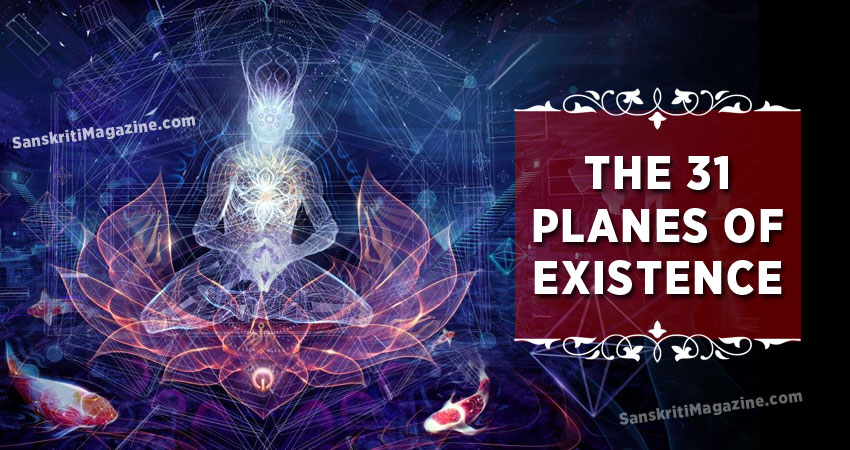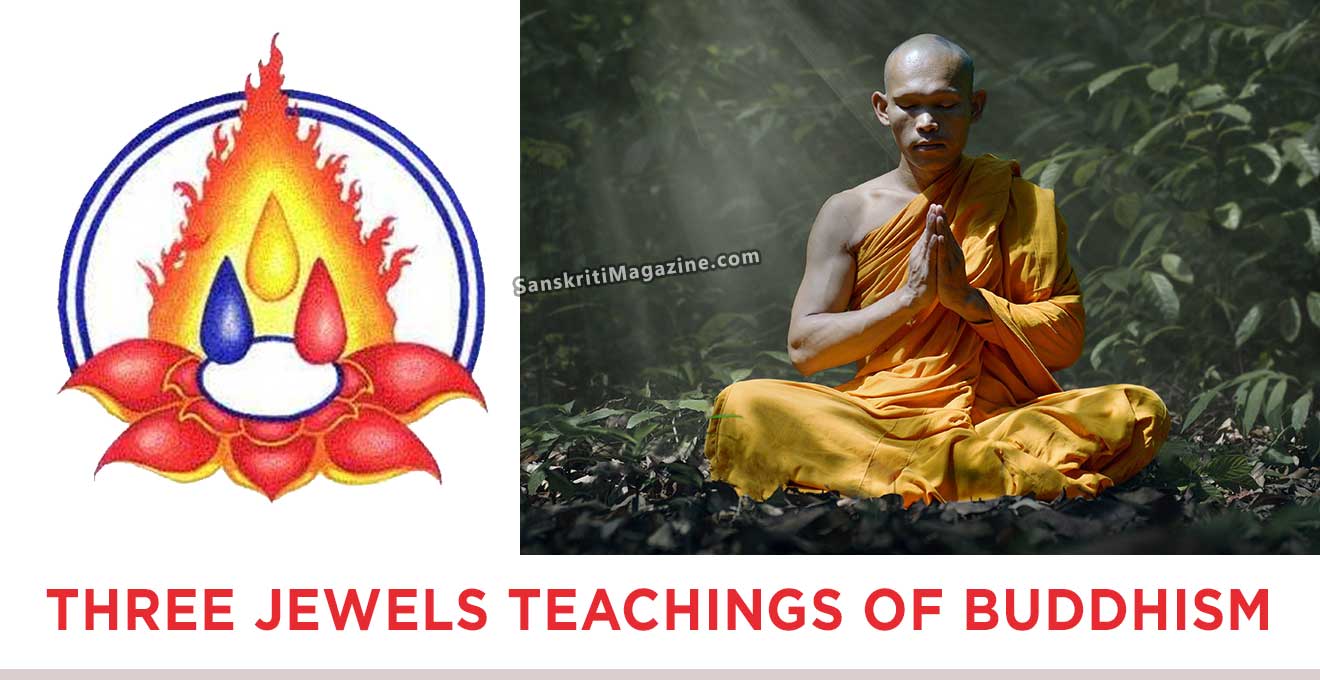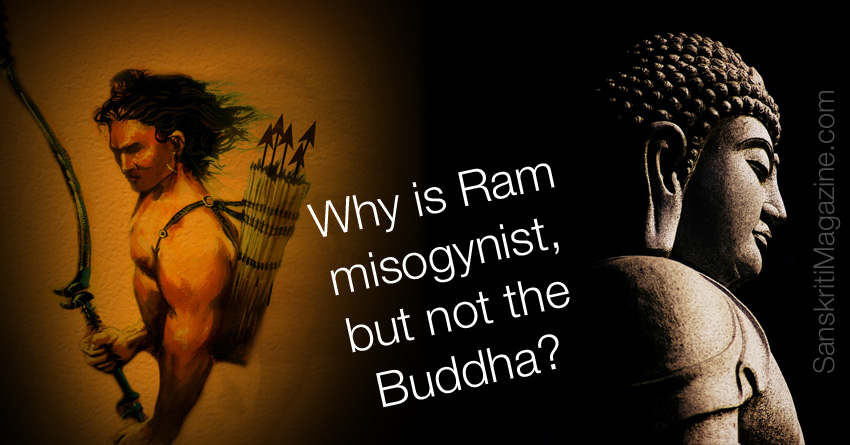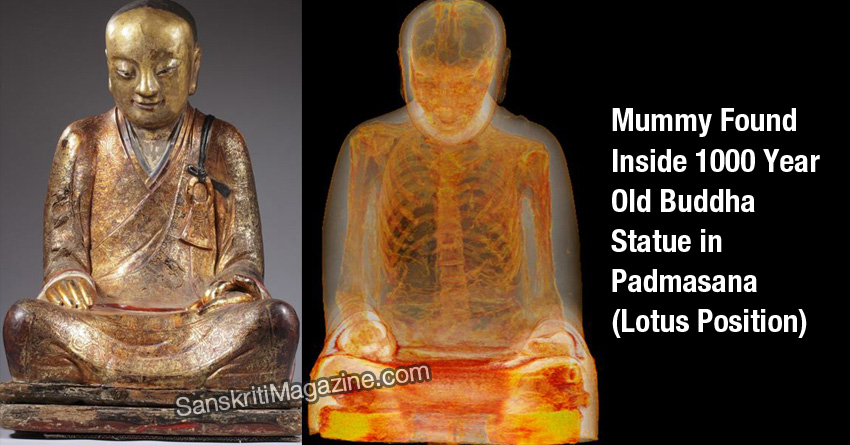In this context, existence means life or living. Planes means realms or world, places. In Pali, the word “Loka” is a near equivalent, as the English language does not have an exact translation.
We can say that these realms are as much places as they are mental states. For example, if your mind is evil, nasty or unwholesome and you are constantly following your mind’s will, then you are already living in the realm of hell. Furthermore, if you perform such unwholesome actions again and again without fear and without being mindful of the results, you will be reborn in a place of suffering; a hell realm.
If you are honest, virtuous and your mind is pure and you constantly practice the wholesome acts of dana (charity), sila (virtue) and bhavana (meditation) to develop your purity, then you are living in a heavenly state and are sure to be reborn in a clean, beautiful and pure place: a heavenly realm or even attain Nibbana.
This cosmology and natural “law” applies to all beings, not just Buddhists, for such laws or Dhamma are not inventions of the Buddha, but are natural and re-discovered by Him when He became enlightened under the Bodhi tree.
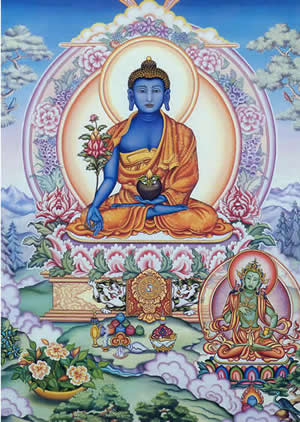 One thing that we should remember is that ALL beings, without exception, living in the different realms are impermanent; they do not live forever. Some beings in the heavens can live for aeons but once they die in one realm, they will be reborn as another being in another realm, unless they have attained Nibbana – which means that they don’t have to suffer or be reborn in any of these realms; they have achieved “non-existence”.
One thing that we should remember is that ALL beings, without exception, living in the different realms are impermanent; they do not live forever. Some beings in the heavens can live for aeons but once they die in one realm, they will be reborn as another being in another realm, unless they have attained Nibbana – which means that they don’t have to suffer or be reborn in any of these realms; they have achieved “non-existence”.
The suttas described 31 distinct “planes” or “realms” of existence into which beings can be reborn during their long wandering through samsara. These range from the extraordinarily dark, grim and painful hell realms all the way up to the most sublime, refined and exquisitely blissful heavenly realms. Existence in every realm is impermanent; in the cosmology taught by the Buddha there is no eternal heaven or hell. Beings are born into a particular realm according to both their past kamma and their kamma at the moment of death. When the kammic force that propelled them to that realm is finally exhausted, they pass away, taking rebirth once again elsewhere according to their kamma. And so the wearisome cycle continues on and on into the deepest recesses of infinity.
The early Buddhist texts (Nikaya) sometimes talk in terms of “the thousandfold world system”, “the twice-thousandfold world system”. According to Buddhaghosa there are 1,000,000,000,000 world systems.
The Buddha has said that beings who had performed good deeds in previous existences would find rebirth in one of the twenty-seven planes including the human plane. These twenty-seven planes are known to be sugati, that is, in a happy world. The four woeful planes are known as dugati. These four woeful planes are really sorrowful as there will be no joy or laughter, only suffering.
In our experience in this existence, we know that some people are reborn into wealthy families and some into poor families. Some grow up in golden cradles and some sleep on gunny sacks on the floor. Some are tall or short, beautiful or ugly; some are stupid and some are intelligent. All these inequalities, the Buddha explained, are the results of the merits or demerits of the actions of dana and generosity done in our previous existence.
Giving dana, keeping of precepts and practising meditation are good wholesome deeds. If human beings practise these three good and wholesome actions they will stand very good chances of finding rebirth in happy planes.
These 31 planes are divided into three types of worlds:
- Kama-loka or kamabhava (the sensuous world): 11 planes
- Rupa-loka or rupabhava (the world of form/fine material world): 16 planes
- Arupa-loka or arupabhava (the formless world/immaterial world): 4 planes
Kama-Loka – The Sensuous World:
The sensuous world is finely divided into the following planes:
A. Kamaduggati Bhumi:
The four states of deprivation (apaya) are as follows:
1. Niraya (Hell):
The lowest level in the hell region is a place of unimaginable torment. Totally devoid of happiness (sukha), only suffering (dukkha) is to be found here. In this life, if one does very harmful things, like killing, patricide or matricide, one will condition the mind to be negative and unwholesome. When passing way from this state of mind, one will surely find rebirth in this realm of great torment, joining other negative minded beings to suffer for a very long time. One must realize that one is not being punished by anyone; it’s a natural process of cause and effect. Just as similar grains of sand gather to form a beach and birds of a feather flock together, so do evil being naturally attract and end up with other evil beings. The same natural “law” applies to all realms.
2. Tiracchana Yoni (Animals):
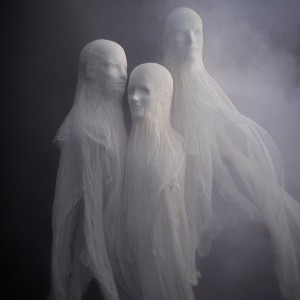 This realm includes all the non-human forms of life that are visible to us under ordinary circumstances: animals, insects, fish, birds, worms etc. Behaving like an animal will get one to this plane.
This realm includes all the non-human forms of life that are visible to us under ordinary circumstances: animals, insects, fish, birds, worms etc. Behaving like an animal will get one to this plane.
Animals’ lives are not so great; they have no choice but to search for food, fight and kill to stay alive. They must mark and guard their territory and then become hostile to intruders. We think that some animals are lucky, like house pets but are they really happy? Maybe they would prefer to be out in the wild or catching their own food; we don’t know. I know that they are dependent upon us and when we go away, they fret and worry. I once met a man who said that he wanted to be reborn as a lion. King of the jungle. I said that lions have to kill for their food and fight the other lions to continue to be the king; it’s not an easy life. Also, animals don’t have many options in life, they are bound and restricted by their environments, intelligence and instincts.
3. Peta Loka (Hungry Ghosts):
Generally speaking, ghosts are the humans who have a very strong attachment to human existence or a particular place and although they are dead, they can’t leave. I think that friendly ghosts exist in this realm too, the ones who have lost their way, or those who died suddenly and don’t know that they’re dead yet or who have “unfinished business” to do. For these “trapped” beings, metta (loving-kindnes) from us will help them along; there’s no need to be afraid of ghosts.
4. Asura (Demons):
Asura, demons or titans are powerful and warlike but it seems that they don’t harm humans. These demons, “titans” that dwell here are engaged in relentless conflict with one another. Some people are afraid of these beings but few beings can go from one realm to another. We can’t become animals or just go and visit heaven or hell and come back again, neither can they. So do not be afraid, be friendly.
These four lower realms are unhappy or dukkha (suffering) realms. There is no chance to be good or to do good. When we do metta bhavana (loving kindness meditation) and we say, “May ALL beings be happy and peaceful, healthy and strong”, it includes ALL of these beings too.
B. Kamasugati Bhumi:
After the four woeful planes, there is the human plane and six other planes of heavenly gods, the highest of which is Paranimmita Vasavatti, the abode of the gods who make others’ creation serve their own ends.
5. Manussa Loka (Human Beings):
You are here (for now). Rebirth as a human being is extraordinarily rare (see Samyutta Nikaya LVI.48). It is also extraordinarily precious, as its unique mix of pleasure and pain facilitates the development of virtue and wisdom to the degree necessary to set one free from the entire cycle of rebirths. The attainment of stream-entry (sotapatti) guarantees that all future rebirths will be in the human or higher realms.
The human world has not only a mixture of dukkha and sukha but also upekkha, which means balance, neutrality or equanimity. Only in this human realm is there pleasant and unpleasant, happy and unhappy, good and bad, and everything in-between; therefore beings can only really understand the true nature of existence in the human realm. We can realize the imbalance of existence and endeavour to restore the balance, particularly in our own minds.
The real message of this cosmology is simply this: unless we take steps to break free from the iron grip of kamma, we are doomed to wander aimlessly in saüsàra, with genuine peace and satisfaction always out of reach. Buddha’s Noble Eightfold Path provides us with precisely the tools we need to break out of this cycle, once and for all, to true freedom.
6. Catumaharajika Heaven:
Devas of the Four Great Kings, home of the gandhabbas, the celestial musicians, and the yakkas, tree spirits of varying degrees of ethical purity.
7. Tavatiusa Heaven:
The Thirty-Three Gods with Sakka (Indra) as their king, presides over this realm. Many devas dwelling here live in mansions in the air.
8. Yama Heaven:
These devas live in the air, free of all difficulties.
9. Tusita Heaven:
World of contented devas. A realm of pure delight and gaiety. Bodhisattas abide here prior to their final human birth.
10. Nimmanarati Heaven:
World of devas delighting in creation. These devas delight in the sense objects of their own creation.
11. Paranimmita-vasavatti Heaven:
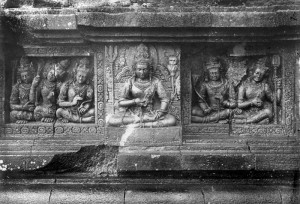 World of devas wielding power over the creation of others. These devas enjoy sense pleasures created by others for them. Mara, the personification of delusion and desire, lives here.
World of devas wielding power over the creation of others. These devas enjoy sense pleasures created by others for them. Mara, the personification of delusion and desire, lives here.
These are six devas realms included in this group. In other religions, when they talk about heaven (only one), they are talking about this Deva Loka. Here, there is very little dukkha, it’s mostly pleasant. The beings here are not born as babies, they are already adults and they remain the same age until they die.
The luxuries and sensual pleasures enjoyed by the devas and devis in the six Devas Lokas are far superior to any human pleasures one can dream of. The jewelled mansions where devas reside are created by their own good kamma. All devas look as if they are 20 yaers old, and devis, 16. They never age and remain youthful and beautiful all their lives. They consume only celestial food so their bodies produce no excreta. Devas and devis have different kusala kamma and so some are better looking than others, naturally their mansions too are of different grades according to their kusala kamma.
All these divine abodes are full of sensual pleasures and are fully enjoyed by the celestial beings, so much so that they do not find the necessity to med- itate or to keep their precepts. Thus there is no pos- sibility of doing good or practising the Dhamma or meditation in these Deva Lokas. Passing away on exhausting their kusala kamma, and not having ac- cumulated further merits in these Deva Lokas, they are sure to descend into one of the four woeful planes. To be reborn into the Deva Lokas or celes- tial planes is not a great comfort as we see clearly that there are many dangers and hindrances to- wards spiritual progress. To the unwary these are likened to booby traps.
Rapa-Loka, Form Realms (The Fine Material World)
The following are the different planes of devas:
12. Parisajja Brahma: Retinue / servants of Maha Brahma
13. Purohita Brahma: Ministers / advisors of Maha Brahma. Beings in these planes enjoy varying degrees of jhanic bliss.
14. Maha Brahma: Great Brahmas. Two of this realm’s most famous inhabitants are the Great Brahma, a deity who regards himself as the all-powerful, all-seeing creator of the universe and Brahma Sahampati, who asked Buddha to teach Dhamma to the world.
15. Parittabha Deva: Devas of Limited Radiance.
16. Appanaiabha Deva: Devas of Unbounded Radiance.
17. Abhassara Deva: Devas of Streaming Radiance.
18. Parittasubha Deva: Devas of Limited Glory.
19. Appamaoasubha Deva: Devas of Unbounded Glory.
20. Subhakiooa Deva: Devas of Radiant Glory.
21. Vehapphala Deva: Very Fruitful Devas, they enjoy varying degrees of jhanic bliss.
22. Asannaa Satta: Mindless beings, only body is present; absence of sanna cetasika.
23. Aviha Deva: Devas not Falling Away. They live their full life span.
24. Atappa Deva: Untroubled Devas. They are not troubled by the five hinderances.
25. Sudassa Deva: Beautiful Devas. They have magnificent / beautiful body forms.
26. Sudassi Deva: Clear-sighted Devas. They see things with ease.
27. Akaninnha Deva: Peerless Devas. Beings who become non-returners in other planes are reborn here, where they attain arahantship.
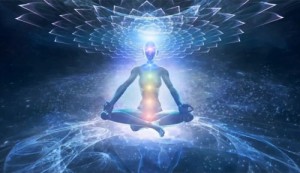 In these sixteen planes there are no females, all are males and when one is reborn there one becomes a male and there is no attachment or emotion because there is no sex, no greed and all sensuous feelings are non-existent. They are very peaceful beings and they live very pure lives, free from all thoughts of sensual pleasures. In their existence as humans they had preferred the solitude of meditation in quiet places away from town centres, cities, houses, villages and monasteries, remote from worldly and sensual pleasures.
In these sixteen planes there are no females, all are males and when one is reborn there one becomes a male and there is no attachment or emotion because there is no sex, no greed and all sensuous feelings are non-existent. They are very peaceful beings and they live very pure lives, free from all thoughts of sensual pleasures. In their existence as humans they had preferred the solitude of meditation in quiet places away from town centres, cities, houses, villages and monasteries, remote from worldly and sensual pleasures.
These realms are accessible to those who have reached at least some level of attainment in their meditation and who have thereby managed to eradicate hatred and ill-will to some extent, though not all. They are said to possess extremely refined bodies of pure light. The only way to reach this plane is through the practice of meditation. There is no need for illumination in this plane, as all beings here are beautiful and radiant in different degrees and their faces shine brilliantly, lighting up the surrounding area. This plane is called the Råpa world where Brahmas live.
Arapa-Loka, Formless Realm (The Immaterial World):
The highest in these realms, the Pure Abodes (28-31), are accessible only to those who have attained to “non-returning”, the stage of arahantship. It consists of four realms that are the abodes of those who pass way while meditating in the formless jhanas. This is the purest of the 31 planes of existence.
28. Akasanancayatanupaga Deva: Sphere of Infinite Space.
29. Vinnanancayatanupaga Deva: Sphere of Infinite Consciousness.
30. Akinàcannayatanupaga Deva: Sphere of Nothingness.
31. Nevasannanasannayatanupaga Deva: Sphere of Neither-perception-nor-non-perception. The inhabitants of these realms are possessed entirely of mind. Having no physical body, they are unable to hear Dhamma teachings.
Aråpa means no bodily form at all; having no material body and possessing mind only, beings in these realms do not feel physical dukkha. Life here is very pleasant and extremely long. One may be reborn in such a realm by practising strong and deep absorption concentration meditation techniques. These states are very pure and having become adept at entering into these states one may, upon death, choose to die in this state and be reborn in such a realm. However this is not to say that one should aspire to be born in this realm, as the primary objective of meditation taught by the Buddha is to attain Nibbàna, and that can only be through Vipassanà Bhàvanà (meditation), the Buddha said.
The Fine-Material World and the Immaterial World together constitute the “heavens” (sagga).
In their ignorance and delusion, the Buddha said, human beings are unable to realise and remember any single vestige of the sufferings they had experienced in their previous existences, and in their deluded cravings for and clingings to sensuous pleasures they are inevitably reborn to a world where their cravings, clingings and kamma take them.
Human beings, especially, have experienced so many losses of loved ones in their many existences that the tears they have shed are more than all the waters of the oceans in this present world. Yet they are desirous of rebirth.
All this information is not really important if you want to attain enlightenment. It’s just an interesting subject that many people like to philosophise over. But the Buddha’s teaching is not merely a philosophy; it is a practice, a blueprint for blissful living. As we have just mentioned, Vipassanà Bhàvanà is the only way to Enlightenment and to achieve the goal of the Buddha’s teaching. For this to happen we need to practise diligently.
~ Ven. Suvanno Mahathera, excerpted from the book, “The 31 Planes of Existence”, Buddha Dharma Education Association Inc.

